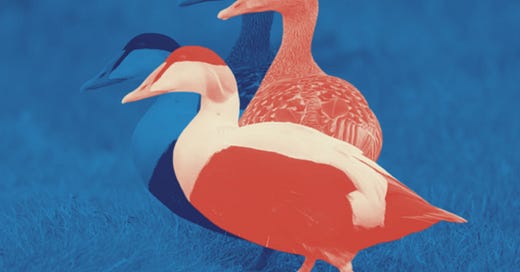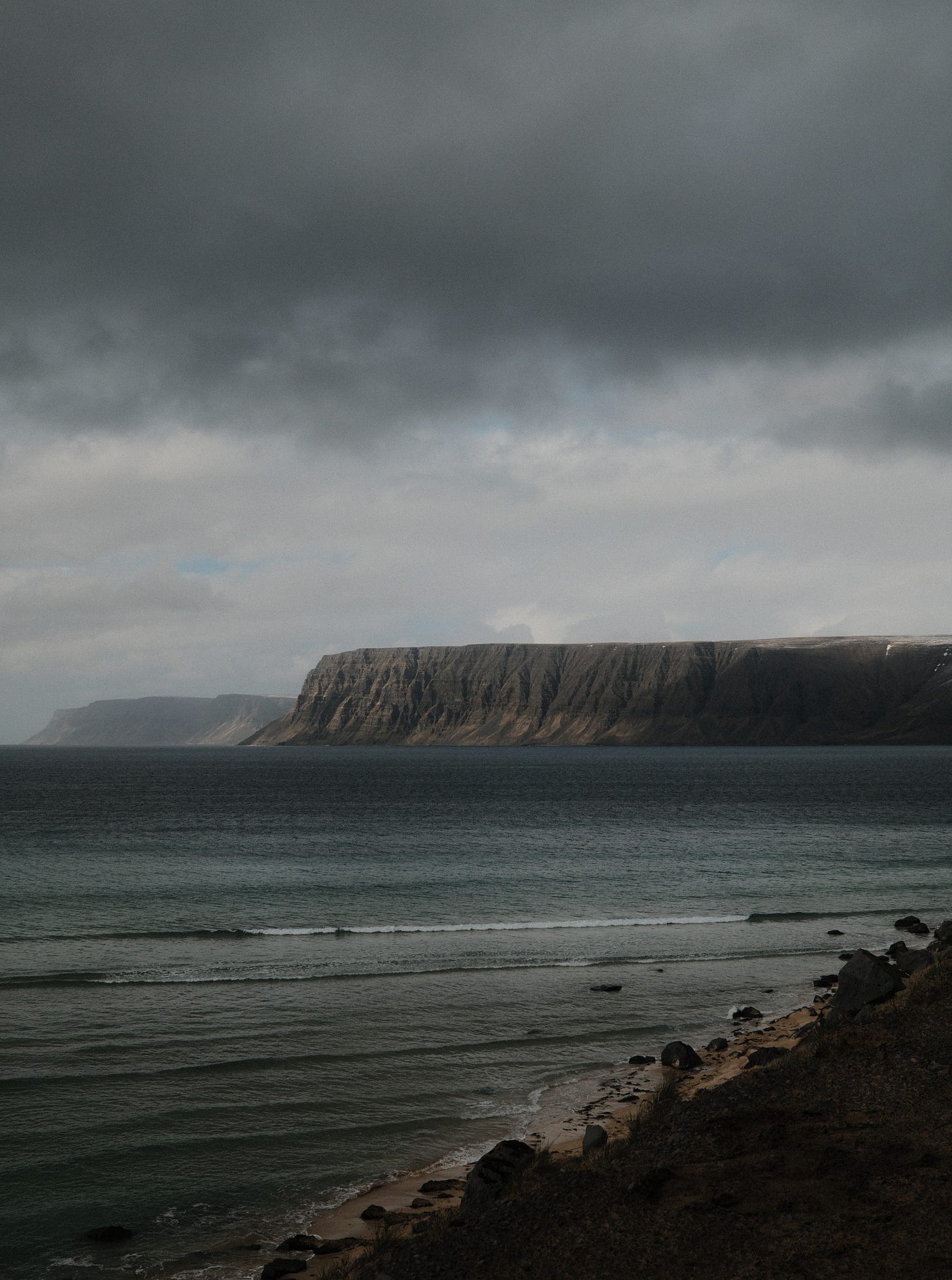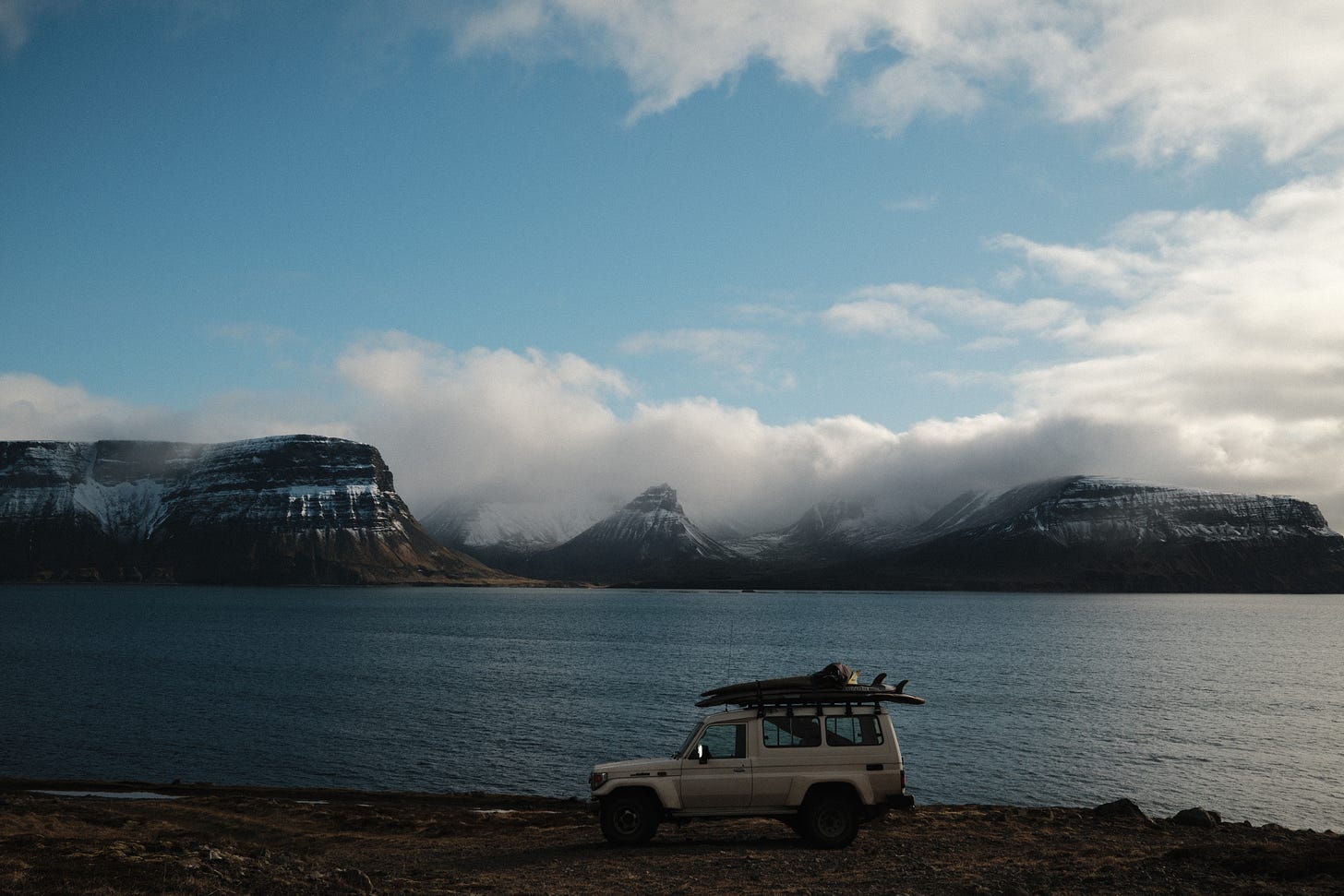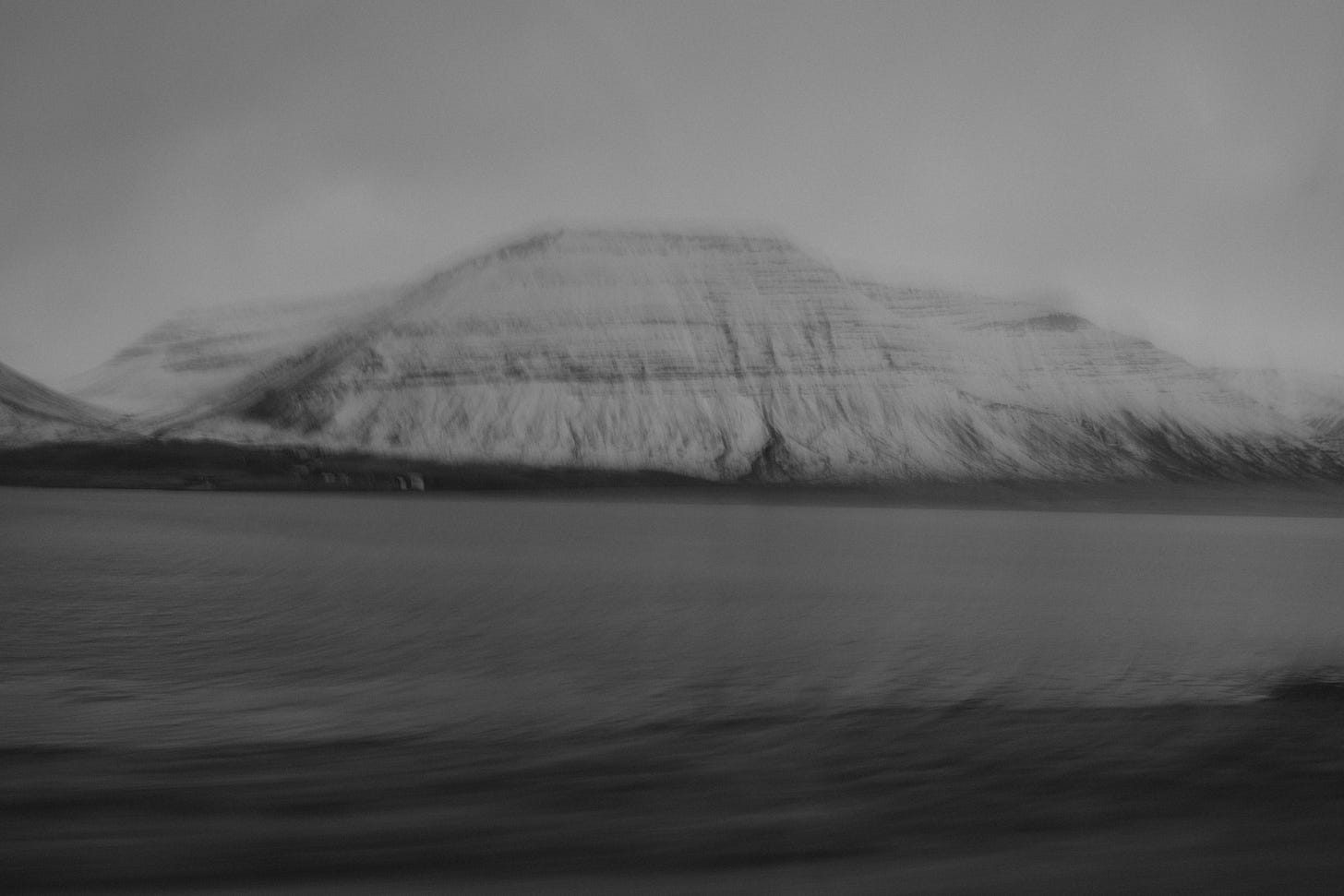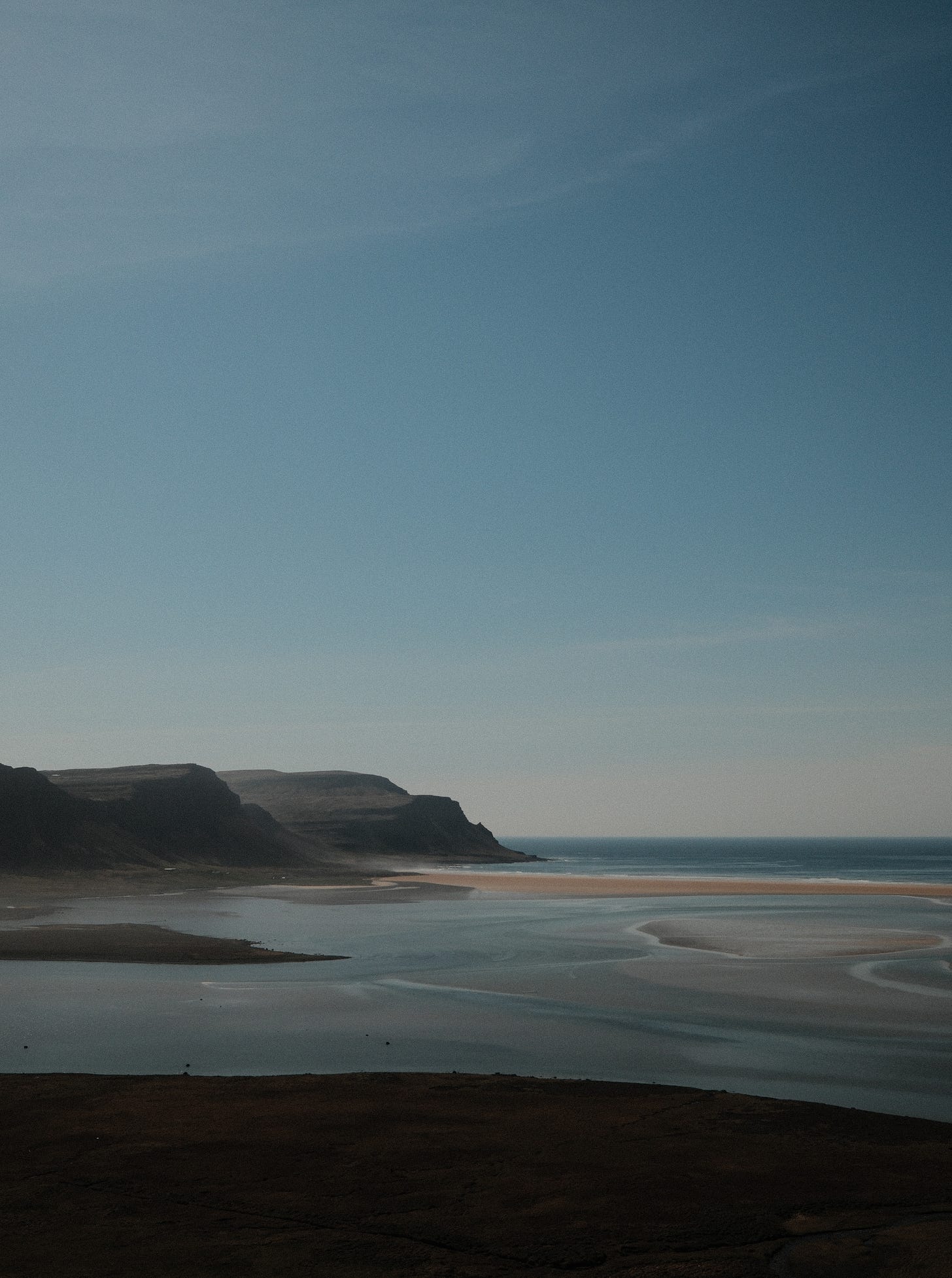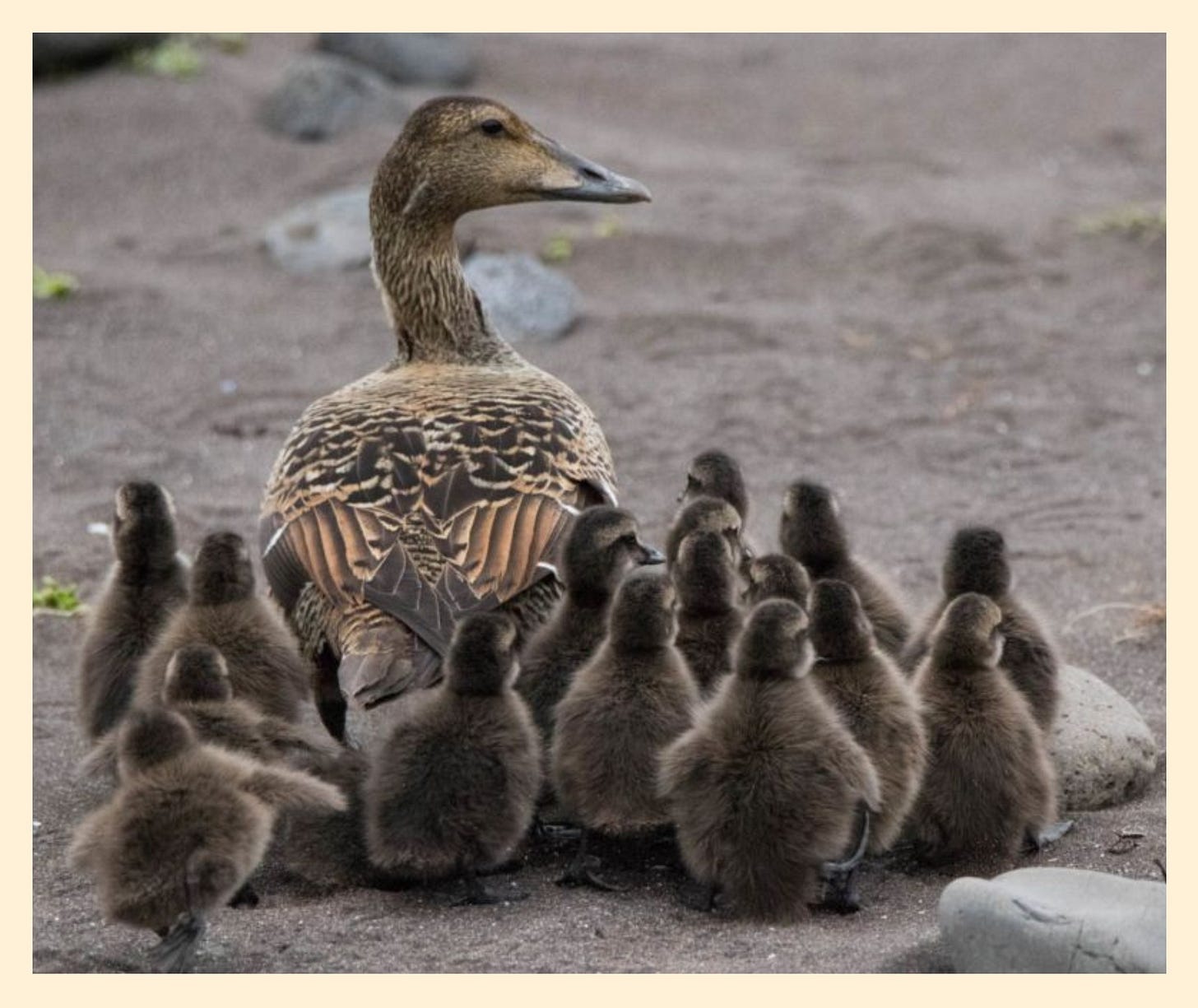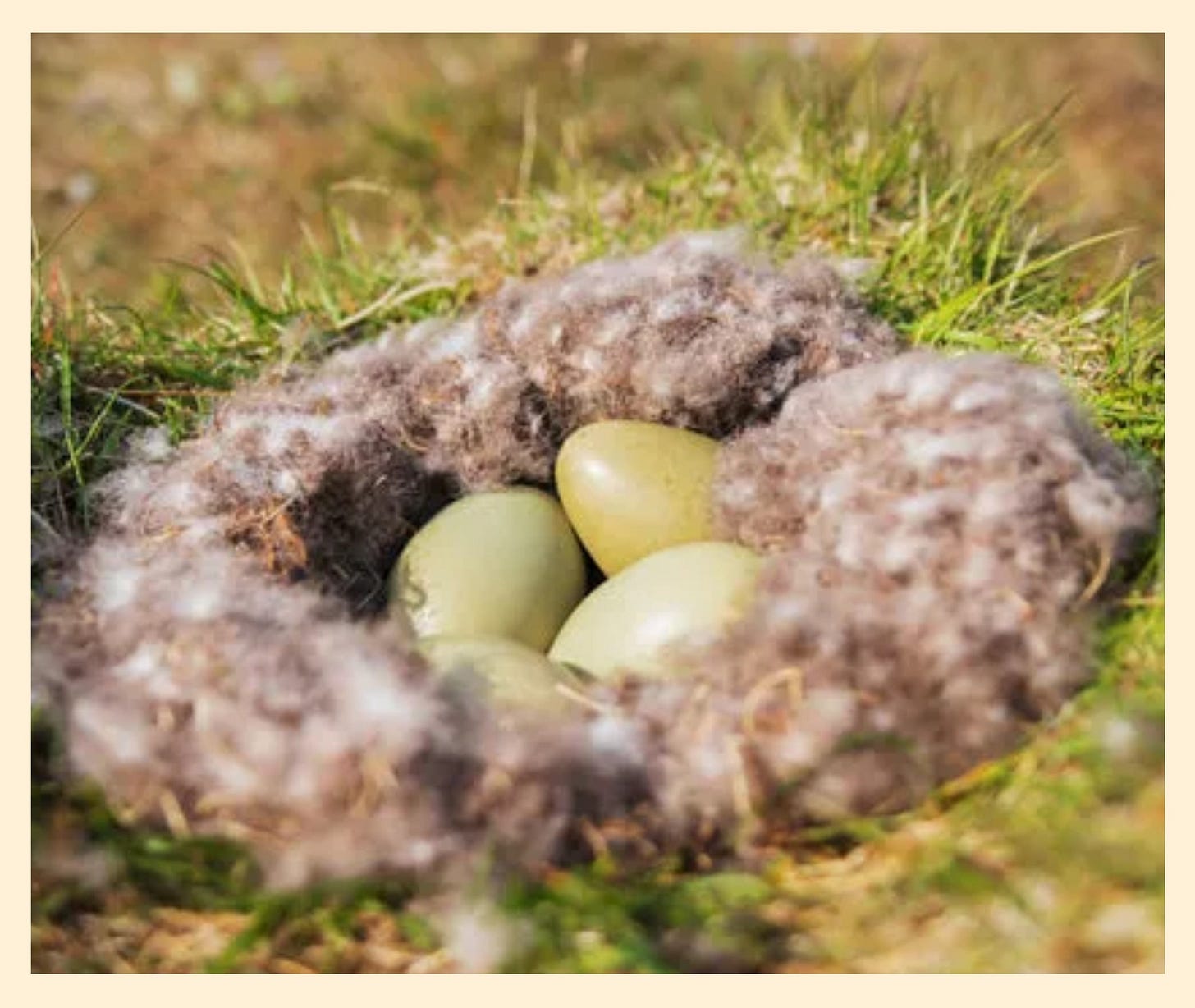Hello Readers!
A few weeks have passed since I returned from Iceland, yet I find myself often drifting back to that otherworldly place. It possesses the strange quality of dreams…initially familiar, yet fundamentally transformed. The landscape feels both ancient and impossible, as if someone took the familiar elements of earth and sky and reassembled them with just enough magic to make you wonder if such beauty can truly exist in the waking world or if you’ve stepped through some invisible threshold into a realm where the ordinary rules don't quite apply.
I theorize that Iceland feels so otherworldly to me because, in so many ways, it is different than worlds around it. Geologically, Iceland is incredibly young. It first emerged from the ocean only 16-18 million years ago, and for comparison, most continental landmasses are hundreds of millions to billions of years old, making Iceland practically a newborn! (In geological terms.)
Iceland is described as a real-time example of how life spreads and establishes itself on new land, which is incredibly relevant for understanding how ecosystems respond to modern climate change.
Standing in that vast wilderness, you become something between a time traveler and an early explorer, or maybe even just a little kid with nothing but endless miles of solitude stretching in every direction. You feel like you just want to run as fast as you can and put your face into the wind, crouch down and look at all the little rocks or poke the squishy moss. With no trees to fragment the view, your eyes can travel uninterrupted across the rolling hills to their furthest reaches. In certain corners of the country, you find yourself completely untethered from the modern world—no indicators of what century you're in, only the ancient sounds and scents of wilderness that remains beautifully, utterly unchanged.
While we were driving along the coast of Iceland’s Westfjords region, my lovely new friend Rachel (an American who’s now lived in Iceland for nearly a decade) told me tales and factoids about the eider ducks. She is incredibly knowledgable about Iceland’s flora and fauna, stewarding the land, and, frankly, about a billion other wonderful things, but on this day the topic was centered around the eiders and their down.
Thank you to Rachel for sparking my interest in this topic, and sharing this knowledge with me.
At one point, I had said to her, “gosh I kind of wish I was in middle school so could do a book report on this.”
So, here’s my book report.
Let's journey to Iceland, where one of the world's most extraordinary materials is harvested through a tradition that has endured for over a thousand years. This is the story of eiderdown and why it represents the very best of what we seek in functional design: sustainability, craftsmanship, and the unmatched properties of natural fibers.
The Eider Duck
The common eider duck (Somateria mollissima, which literally means very soft body wool) are remarkable birds that have evolved to thrive in some of the harshest conditions on Earth—the unrelenting winds and freezing temperatures of the Arctic and subarctic regions.
When female eiders nest, they pluck down feathers from their own breasts to line their nests, creating an insulation system that keep her eggs warm even when temperatures plummet well below freezing. This self-plucking serves a clever dual purpose: helping to insulate the eggs and exposing her “brood patch”—an area of bare skin, rich in blood vessels, which transfer body heat to the eggs most efficiently during incubation.

Rachel explained to me that non-brooding females, or females who had lost their eggs, would step in as ‘aunties’ to take turns watching and caring for ducklings. This cooperative behavior creates what's called a crèche—where female eiders team up and share the work of rearing ducklings. If the crèche encounters a threat, the chicks will all huddle together, with female ducks on the outside to protect them. (I’m crying again just writing about the aunties.)
Eiders also make a marvelous rahhh-ooOOOoooh sound, like they’ve just been given a piece of particularly juicy gossip.
Eiderdown
A quick clip here showing how hydrophobic eiderdown really is-
It’s impossibly soft and lightweight, but known most for its warmth.
Eiderdown's exceptional thermal performance comes from its unique three-dimensional structure and physics of air trapping. Each down plume is a sphere consisting of a network of filaments that branch into barbs that branch again into even smaller barbules creating what's essentially a microscopic maze of air pockets. Those compact air pockets are what create the highest warmth to weight ratio of all the down.
For the eiders, the purpose of those hooked plumes are to hold the down fibers together. That means that on the rare occasion that a hen gets up from her nest, her hard work won’t fly off in the wind.
Incredible.
The Collection Process
What makes eiderdown truly extraordinary is that it's collected without harming the birds—a completely unique process that I had never heard of before.
Keep reading with a 7-day free trial
Subscribe to TOGS by Hadley Hammer and Kellyn Wilson to keep reading this post and get 7 days of free access to the full post archives.

